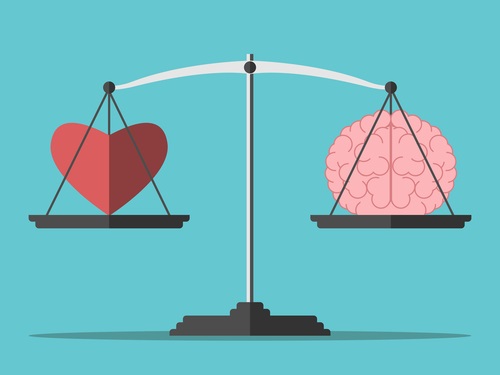
Courtesy of the National Council On Behavioral Health
(12-9-19) Terresa Humphries-Wadsworth took her 14-year old son to an emergency room in Cody, Wyoming, because he was expressing thoughts of suicide. The staff sent him to the closest hospital with a psychiatric unit.
It was a hundred miles away in Montana.
Her son spent 10 days there before Humprhries-Wadsworth learned the hospital was out-of-network for her insurance. The closest in in-network facility was 200 miles away from their home.
The family ended up with $110,000 in out-of pocket expenses for two inpatient visits and residential treatment. They negotiated the amount down with the hospital and a collections agency, then took out loans to pay it off.
The Humphries-Wadsworth’s story was recently told by Kaiser Health News writer Jenny Gold in an article about parity. She explained how Congress passed a law mandating insurers provide equal access for mental and physical health care eleven years ago, but barriers to parity continue today.
I posted a blog last week about “patient boarding” in emergency rooms. Many of you wrote on my Facebook page about long waits that you had encountered in emergency rooms. Today, I am asking readers to share their stories on Facebook about how their insurance companies failed to treat mental health emergencies the same way financially that they do with physical problems. I will share them with the Kennedy Forum and Congress.
One of the reasons why Terresa Humphries-Wadsworth had difficulty getting care is because of a lack of mental health professionals in rural areas. This month, The Atlantic, is highlighting that problem in an article by James Burns entitled Hidden Crisis In Rural America.
It’s prohibitively difficult to access mental-health services in rural America. That’s because, relative to urban areas, rural counties have so few mental-health professionals. The majority of nonmetropolitan counties in the U.S. don’t have a psychiatrist, and almost half lack a psychologist. The paucity has resulted in a public-health crisis—rural Americans suffering from a psychiatric condition are more likely to encounter police than receive treatment. Each year, 2 million mentally ill Americans, most of whom aren’t violent criminals, end up in jail.
Lack of insurance coverage and lack of access to professionals are problems that our government leaders on the local, state, and federal level need to address. They are issues that our presidential candidates need to confront. They are problems that our grassroots mental health organizations should be trying to solve.
The National Alliance on Mental Illness’s acting CEO, Angela Kimball, was quoted in a Washington Post article stating:
“One of the most common reasons people give of not getting mental health treatment is the cost. The other is not being able to find care,” she said. “It’s hurting people in every corner of this nation.”
I am grateful to Kaiser Health writer Jenny Gold and Atlantic writers James Burns for exposing these issues.
Now, is anyone in power listening?
Affordable treatment for mental illness and substance abuse gets harder to find



